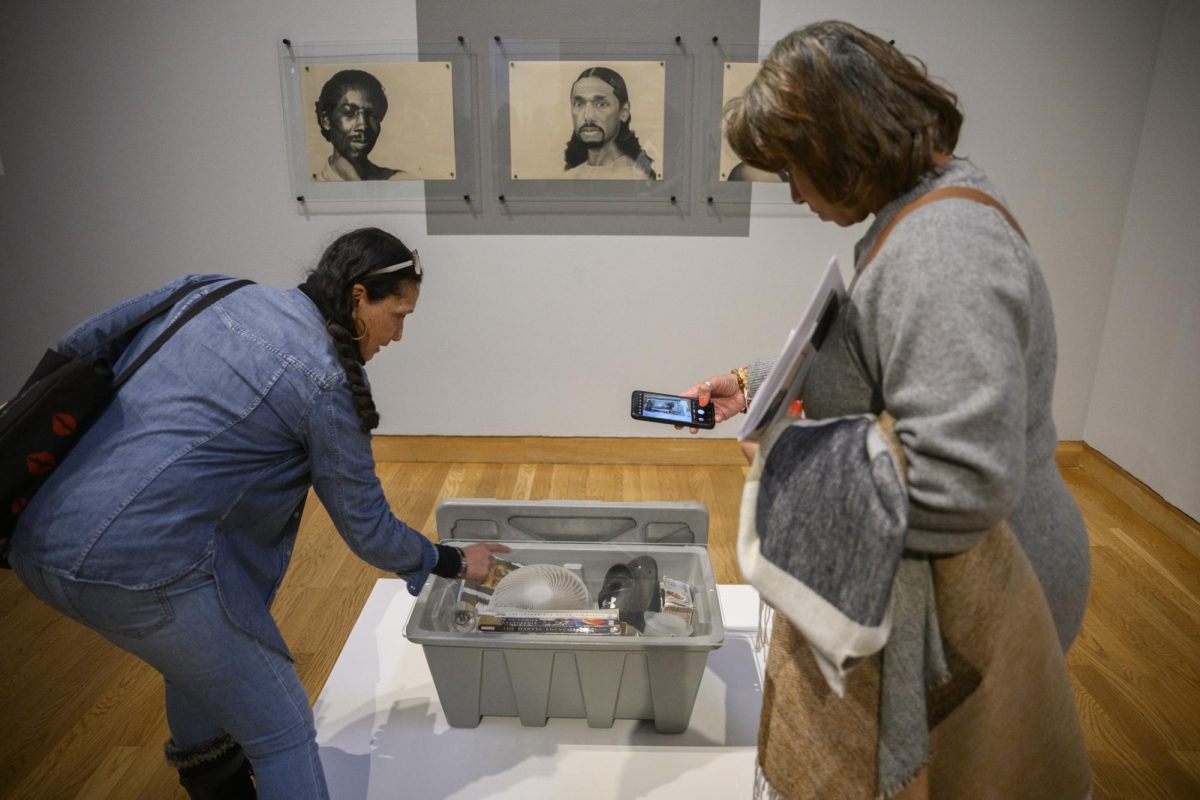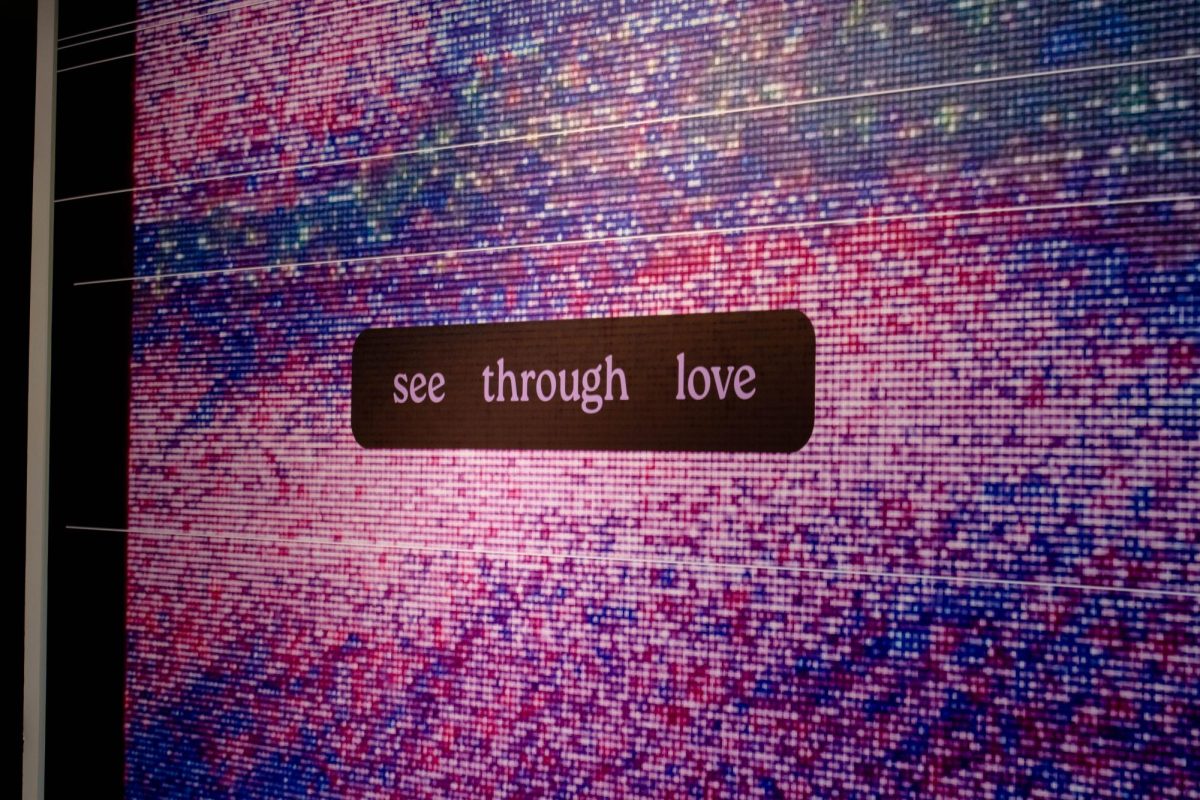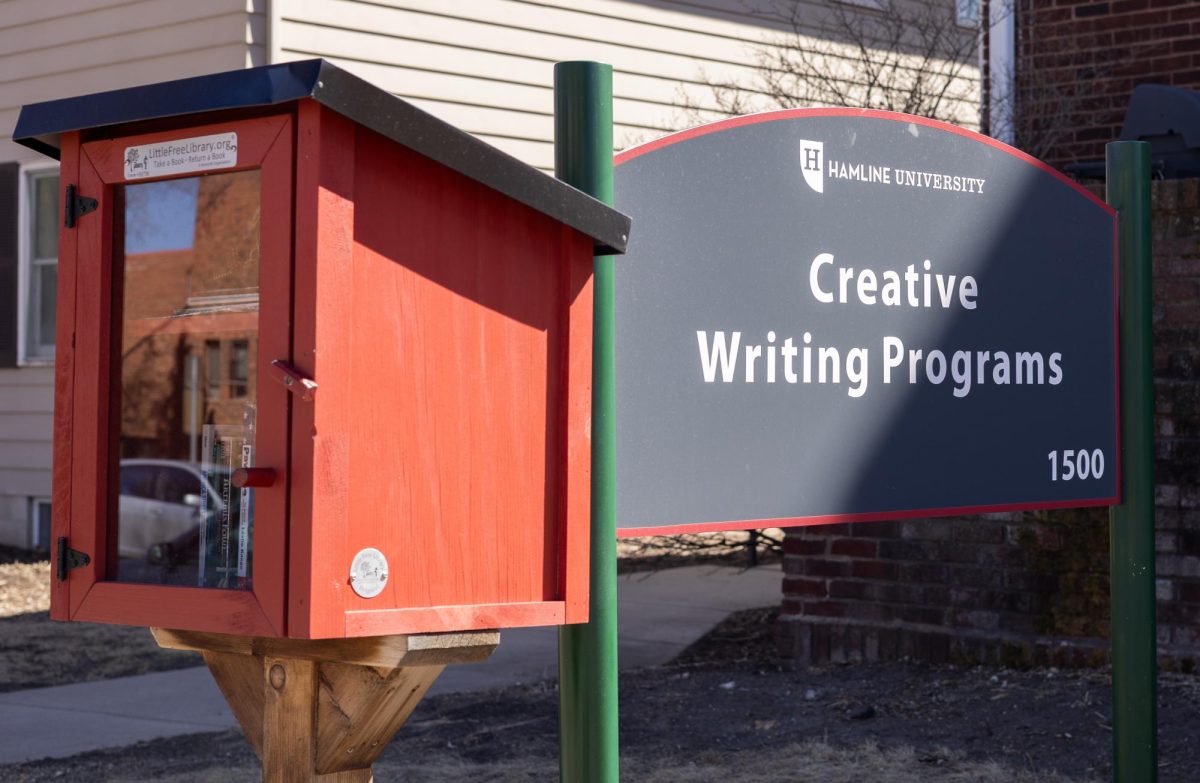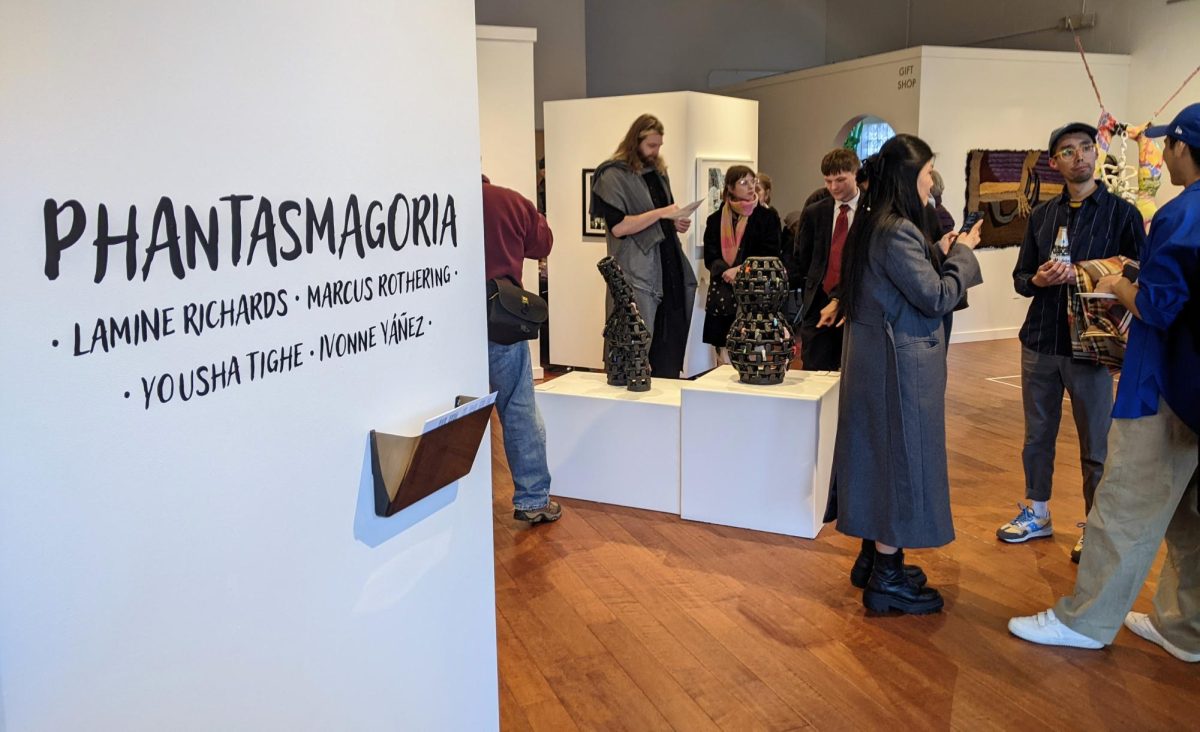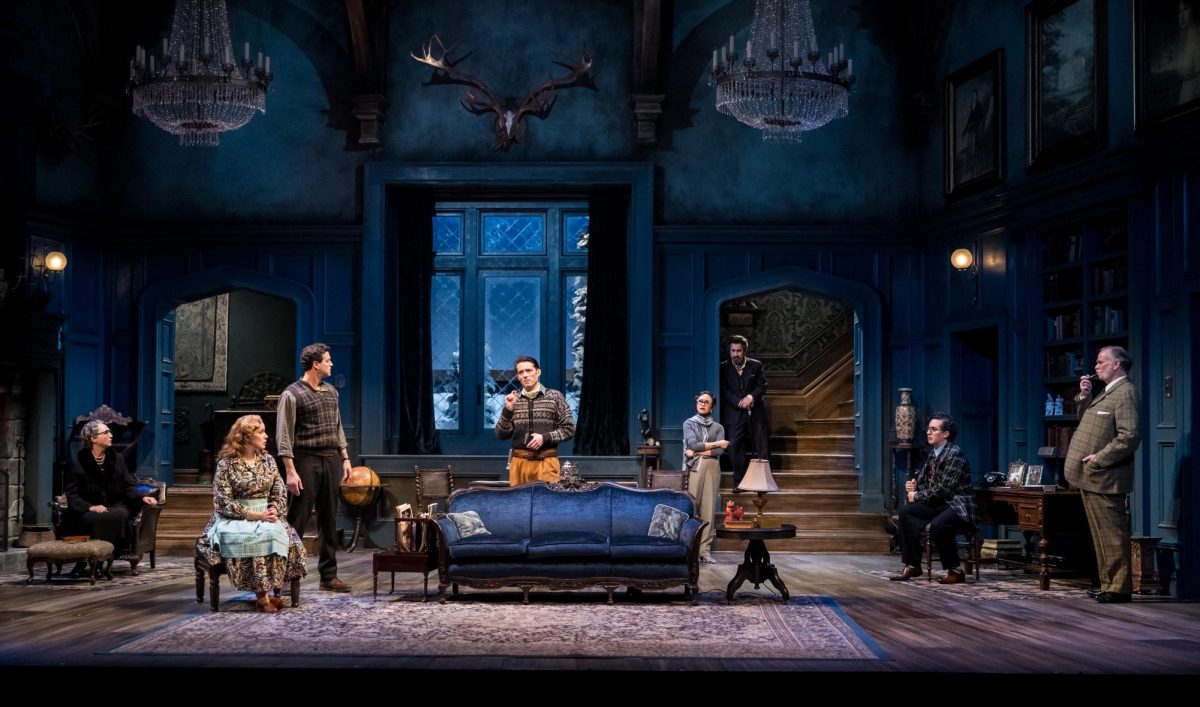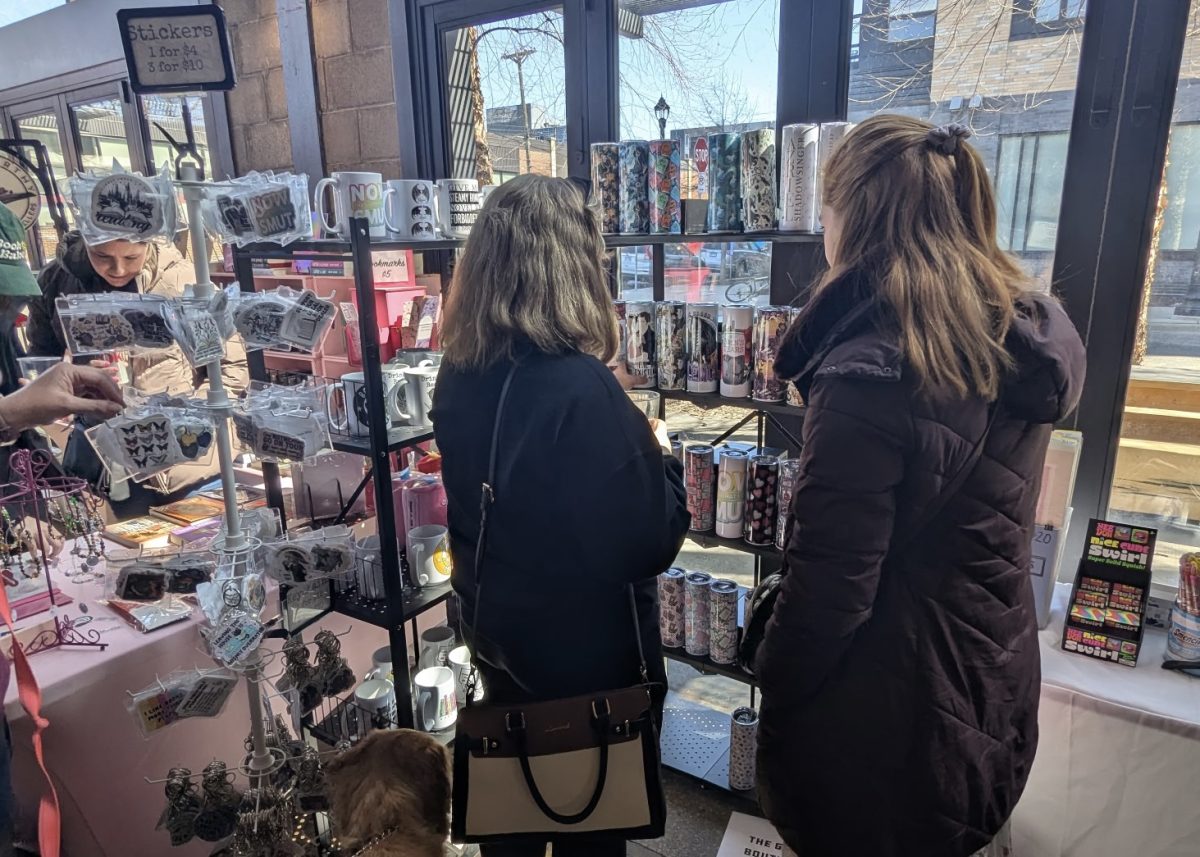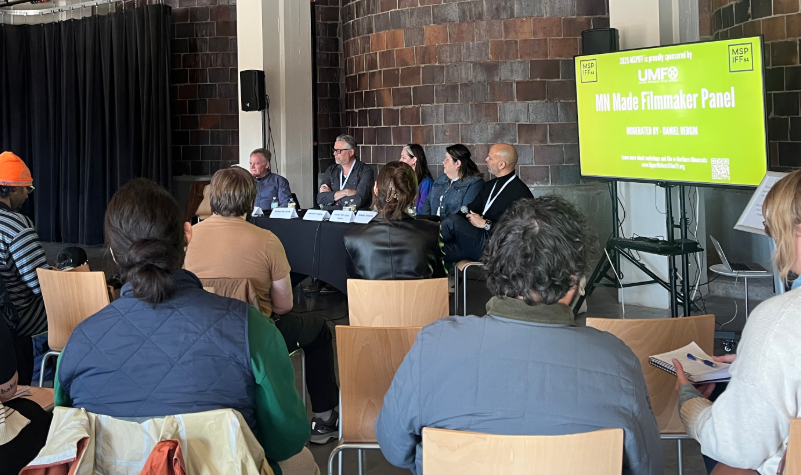Norwegian cultural center Norway House is currently hosting the 10th edition of its annual Gingerbread Wonderland, an exhibit of community-submitted gingerbread crafts based on the world’s largest gingerbread village, Pepperkakebyen, in Bergen, Norway.
All of the gingerbread creations were made by community members — the young, elderly, professional and amateur bakers. Gingerbread Wonderland coordinator Heather Vick said 229 different works are on display.
Members of the public can vote on which of the confectionery constructions is the best across multiple categories such as best Minnesota landmarks and best original concept. Vick said critics from the Star Tribune and Pioneer Press came to officially judge the work on display. Submissions from professional bakeries are exempt from competing.
Real-world landmarks, both international like the Eiffel Tower and local like the Wayzata Depot or the Aerial Lift Bridge in Duluth, were popular subject choices. Some are based on incredibly specific buildings, like Kanye West’s infamous stripped-down Malibu mansion.
Other works were based on fictional places, like Shrek’s swamp or the house from the cartoon “Bluey.” All were built out of gingerbread, frosting, candy and other sugary sweet ingredients.
“Almost the entire village is entirely edible,” Vick said.
Even though most of the structures are safe to eat and presumably delicious, Vick said by the time the exposition is over, they have gone stale. In order to avoid excessive food waste, the structures are all composted, Vick said.
As part of its 10th birthday celebration, Gingerbread Wonderland brought gingerbread artist Caroline Eriksson from Oslo to Franklin Avenue to sculpt a troll out of gingerbread clay. Prominently displayed in the middle of Norway House’s lobby, the five-foot gingerbread troll greets visitors as they enter the building.

About half of the gingerbread houses being shown were made during three community events where members of the public were invited and encouraged to come down to the Norway House and build their own gingerbread houses for free.
“Absolutely everyone is invited,” Vick said.
Funded by a cultural corridor grant from the city, the goal of the event is to encourage people from the area to come to learn about Norwegian culture and their community, Vick said. She added that most visitors were unaware of Norway House’s existence before coming to a community gingerbread day.
Gingerbread Wonderland has become increasingly diverse as the historically-majority Scandinavian neighborhood welcomes new residents of different backgrounds, Vick said. In other years, Indigenous and East African community members have submitted gingerbread versions of locally important buildings like the nearby Native American Community Development Institute and further away East Phillips Community Center.
Vick said despite not being Norwegian herself, she has continued her role as Gingerbread Wonderland coordinator after retiring from her full-time job because she likes seeing how much people enjoy the exhibit.
“You have to smile when you’re looking at all these gingerbread houses,” Vick said.





